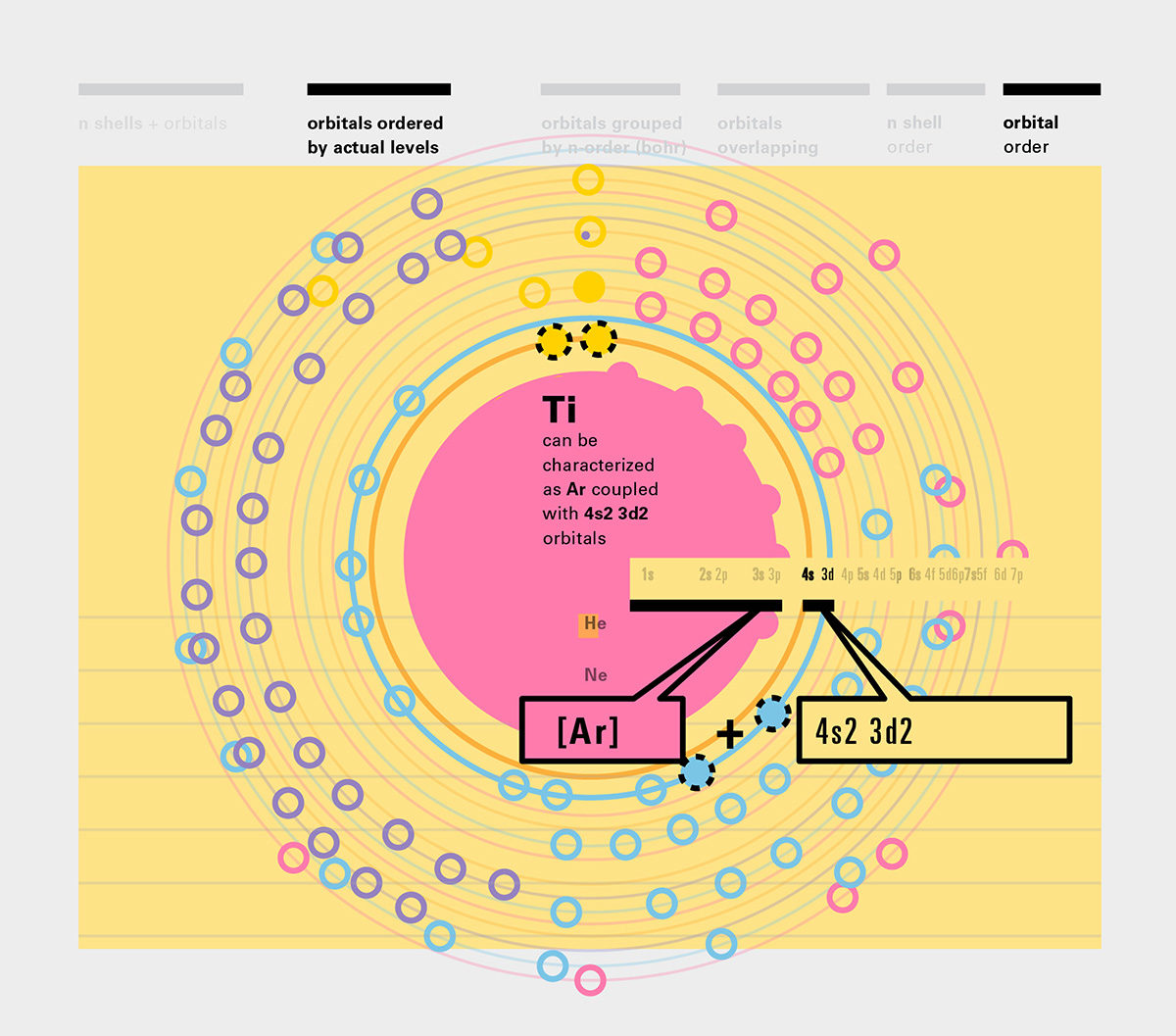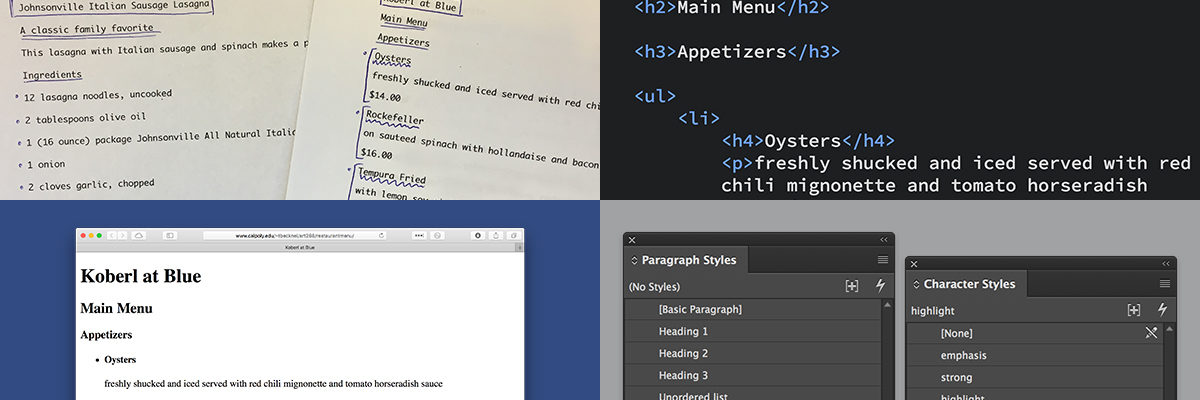Gokhan Ersan
Assistant Professor
Department of Art & Design
SUNY Binghamton
The history of science embodies both a development of ideas as well as notations and images that report and represent those ideas. My research involves utilizing modern visual art’s visual notation to give voice to contemporary researchers across the domains of engineering, natural sciences, and the humanities.
Walking the audience through a few historical examples of knowledge representation (Kepler, Dalton, Faraday) and recent collaborations with natural scientists (“Image of Science,” “Material Matters” research grants) I want to demonstrate the ways in which chemistry and material science concepts can be made concrete for broad audiences by experimenting with the visual primitives of visual arts to encode complex physical phenomena in a humane manner.
This design research begins with establishing a healthy communication stream between content-providing scientists and knowledge-visualizing graphic designer, promising to open up a fruitful venue for contemporary designers.
This research was presented at the Design Incubation Colloquium 4.0: SUNY New Paltz on September 9, 2017.

